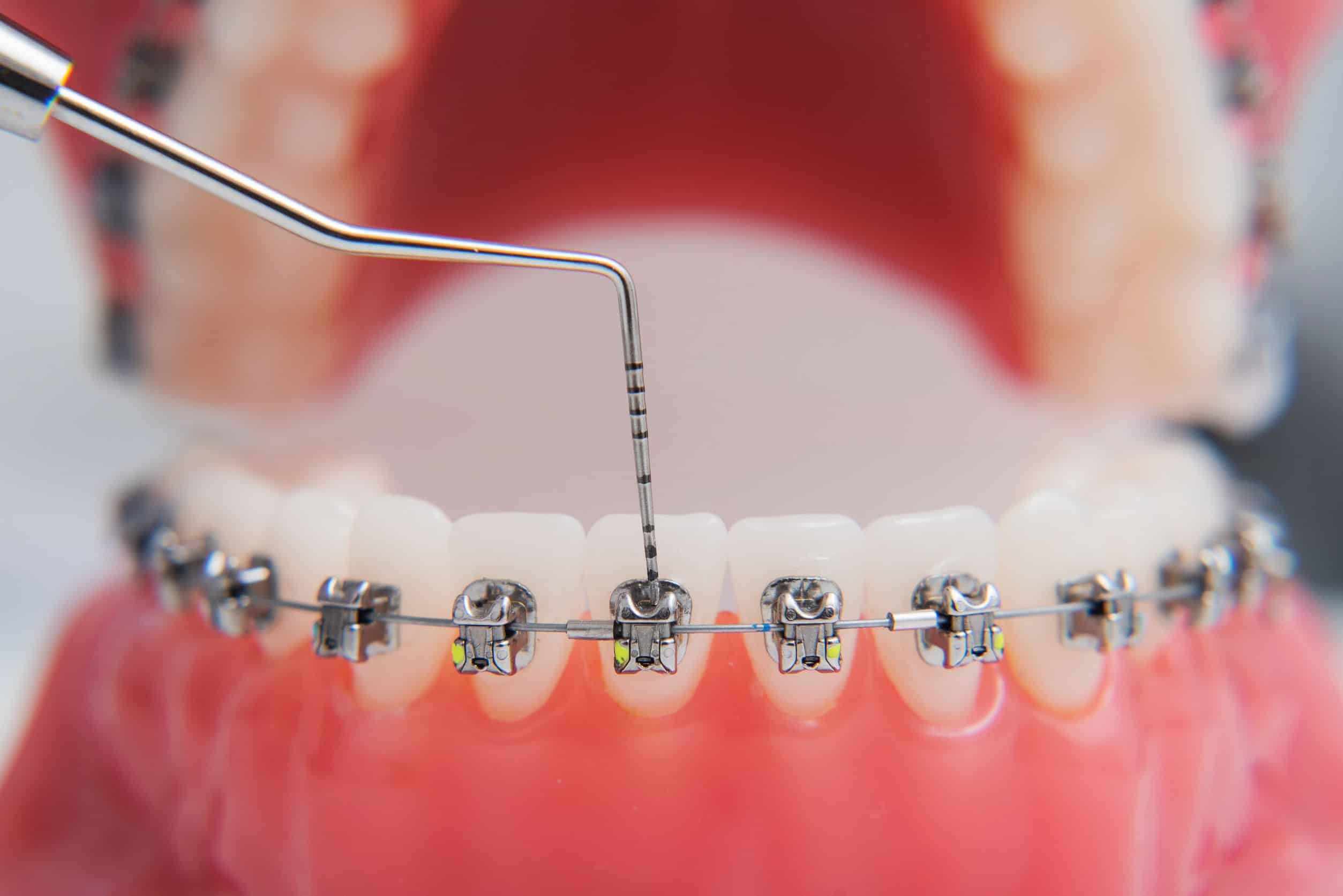The Best Strategy To Use For Legacy Orthodontics
Table of ContentsThe 20-Second Trick For Legacy OrthodonticsThe Main Principles Of Legacy Orthodontics The Facts About Legacy Orthodontics RevealedSome Known Incorrect Statements About Legacy Orthodontics Not known Facts About Legacy Orthodontics
At Advanced Orthodontics, we provide clients with a all natural treatment experience. In addition, we provide adjustable treatment routines, flexible settlement alternatives and an enjoyable, satisfying experience. leesburg clear braces. Telephone call ( 480) 357-4900 today for additional information and timetable a visit.An orthodontist is a dental professional trained to identify, avoid, and treat teeth and jaw abnormalities. They fix existing conditions and are educated to determine problems that may develop in the future. Orthodontists deal with individuals of any ages, from youngsters to grownups. Individuals frequently connect an excellent smile with excellent wellness.
Malocclusion, or misaligned teeth, can cause oral concerns, including dental cavity, gum tissue illness, and challenging or excruciating eating. Not everybody is born with straight teeth. If you have a bad bite or big spaces between your teeth, you may want to get in touch with a dental professional focusing on orthodontic treatment.
What Does Legacy Orthodontics Do?
( Picture Credit Score: DigitalVision/Getty Images) Orthodontists use dealt with and detachable oral devices, like dental braces, retainers, and bands, to alter the placement of teeth in your mouth. Orthodontic therapy is for dental abnormalities, consisting of: Misaligned teethBite problems, like an overbite or an underbiteCrowded teeth or teeth that are too far apartJaw misalignmentThe objective of orthodontic treatment is to improve your bite.
While you might assume of orthodontists as primarily for children or teens that need dental braces, they can deal with dental troubles at any age. Orthodontists go to college, dental institution, and orthodontic institution.
, however not all dental professionals are orthodontists. They concentrate on 2 locations: Exactly how to properly and securely relocate teeth Exactly how to appropriately guide advancement in the teeth, jaw, and faceOnce an orthodontist has completed training, they have the option to end up being board accredited.
The Buzz on Legacy Orthodontics
Malocclusion leads to tooth congestion, a twisted jaw, or irregular bite patterns. Malocclusion is usually treated with: Your orthodontist affixes metal, ceramic, or plastic square bonds to your teeth.
If you have just minor malocclusion, you might have the ability to utilize clear braces, called aligners, as opposed to traditional dental braces (https://lnk.pblc.app/pub/b0e5d1a6702fd3). Some individuals need a headgear to assist relocate teeth right into line with pressure from outside the mouth. After braces or aligners, you'll require to put on a retainer. A retainer is a personalized device that keeps your teeth in location.
They're frequently made use of on children. They can create extra room in the mouth without having to pull teeth. If you have a serious underbite or overbite, you may need orthognathic surgical procedure (also called orthodontic surgery) to extend or reduce your jaw. Orthodontists utilize cords, surgical screws, or plates to support your jaw bone.
You may require to see an orthodontist if you have: Crowding or not adequate area for every one of your teethOverbite, when your top teeth come your bottom teethUnderbite, when your bottom teeth are as well far forwardSpacing or issues with gapsCrossbite, which is when your upper teeth fit behind your bottom teeth when your mouth is closedOpen bite or a vertical void between your front bottom and top teethMisplaced midline, when the center of your base and top teeth do not align Correcting an oral malocclusion can: Make biting, eating, and talking easierImprove the proportion of our face and your general appearanceEase discomfort from temporomandibular joint conditionsSeparate your teeth and make them simpler to cleanse, assisting stop dental cavity or tooth cavities It's usually a dental expert who first notifications misaligned teeth throughout a regular exam.
More About Legacy Orthodontics

Throughout your initial orthodontic appointment, you'll likely have: An oral examPhotos taken of your face and smileDental X-raysPanoramic (360 degree) X-rays of your face and headImpressions to create mold and mildews of your teethThese examinations will certainly assist your orthodontist know just how to continue with your treatment. braces. An orthodontist is a dental professional who's had training to treat your teeth Resources and jaw
Orthodontists might do surgical procedure, exams,X-rays,and more to help you acquire a much more comfortable, much healthier smile. An orthodontist is concentrated on your bite, so something like a damaged tooth would be taken care of by a dental practitioner. Orthodontists are dental practitioners however not all dentists are orthodontists. Orthodontists are concentrated on your bite, or the way your teeth meshed, and the straightness of your teeth.
Ever questioned how stars constantly appear to have completely straightened teeth? Orthodontists are oral specialists who focus on remedying irregularities in the teeth and jaws.
The Best Strategy To Use For Legacy Orthodontics

While braces are one of the most commonly identified orthodontic treatment, orthodontists have a varied toolkit at their disposal. The particular strategy picked depends upon the extent of the case, the patient's age, and individual choices. These reliable braces utilize a system of brackets bound to the teeth and connected by cords.
Clear aligners, like Invisalign, are a preferred alternative for people seeking an extra very discreet treatment choice. These detachable trays are custom-made to progressively move the teeth's placement. Headgear might be used together with dental braces or aligners to use added targeted forces, particularly for correcting jaw discrepancies. In situations of narrow jaws, palatal expanders can be used to create space for correct tooth placement.